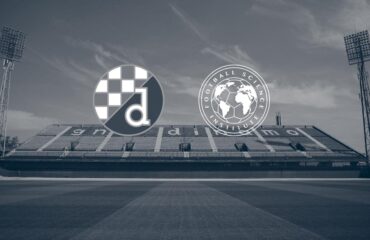In soccer, load can be categorised into three components: cardiovascular or metabolic (internal (IL)), mechanical (ML) and locomotive (LL) load, the last two referring to external load. Information coming from all three components provide the whole loading picture of the player.
The relationship and interaction between them depend, among other factors, on the individual profile and fitness level of the player. Efficiency is the ability to do things well, successfully and without waste, and in soccer can be based on the relationship between 2 or more measurable subcomponents of IL, ML, and LL. Internal efficiency is the relationship between IL and ML, and external efficiency is the relationship between ML and LL, and they provide information about the “fitness” and “movement quality” of the players, respectively. Although simplistic, inspecting them is an easy-way practitioners can individualize interventions to target individual weaknesses of players.
Two examples of how efficiency can help practitioners to map and monitor player status are presented. Firstly, 7/8 professional soccer players that reported soft tissue injuries presented poor values for external efficiency, so it can be tracked to reduce the risk of injury. Secondly, in a player rehabilitating from a hamstring injury, it was seen how at the beginning of each phase (return to running, training, and performance), both external and internal efficiency dropped and as the player was adapting to the new phase, efficiency returned to their pre-injury values.
The same behaviour in efficiency is seen in other phases (e.g. transition from off- to pre-season). Therefore, internal and external efficiency are useful markers of player performance status that can be used to track athletes over time.
Key words: external efficiency, internal efficiency, mechanical load, locomotive load, internal load.





